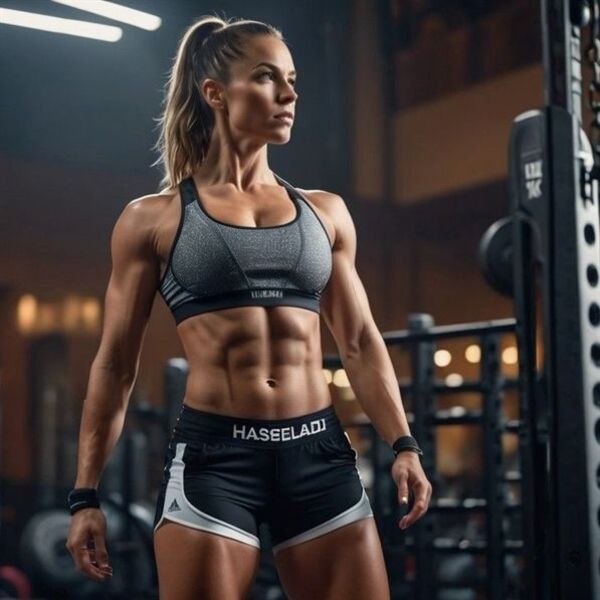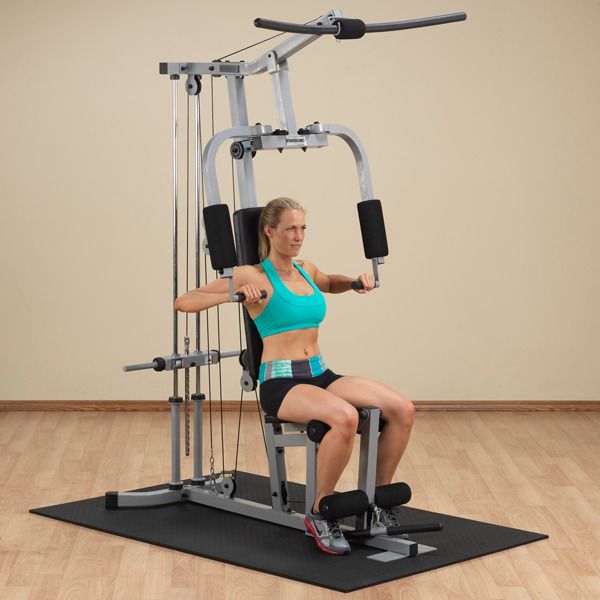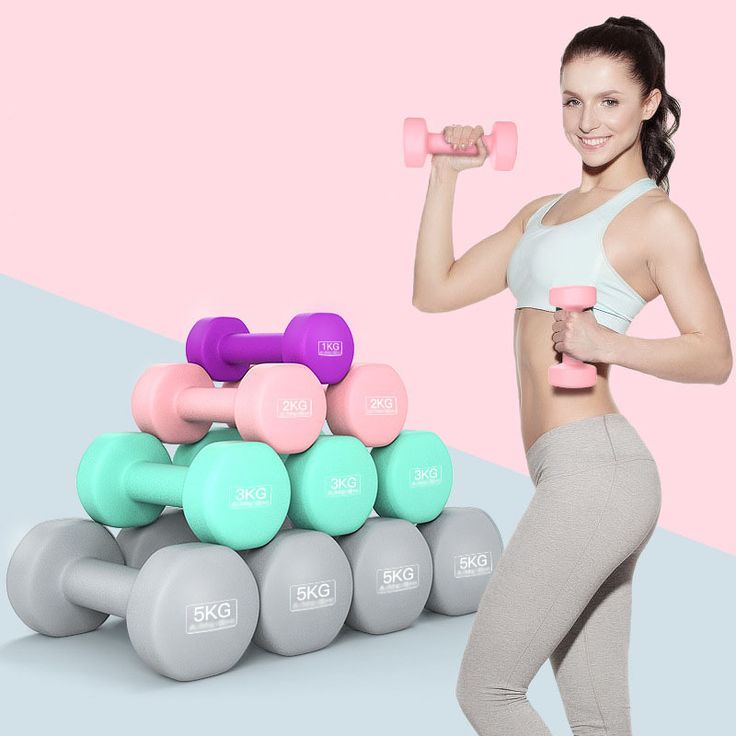Body Building for Women: Ultimate Beginner’s Guide
Introduction to Body Building for Women
Female body building has seen a surge in popularity. It’s a sport of strength, aesthetics, and disciplined lifestyle. Women stepping into this arena showcase their fitness through intense training and precise nutrition. Body building for women isn’t just about lifting weights; it’s a comprehensive approach to reshaping one’s body and mind.
Entering the world of bodybuilding can feel daunting for beginners. Myths of turning overly muscled or manly hold many back. But these are far from reality. Female bodybuilding is about creating a balanced physique, tailored to a woman’s form. It emphasizes beauty, strength, and health. In this blog, we’ll break down the myths and guide women through the fundamentals of bodybuilding.
First, it’s important to understand that body building for women involves targeted workouts and a well-structured diet. Each woman’s body is unique, calling for a personalized training plan. Additionally, muscle gain and fat loss should be carefully managed. We’ll cover bulking and cutting phases, ensuring safe and effective progress.
Supplementation plays a key role too. It can support recovery and muscle growth when combined with a solid diet and training regimen. Lastly, we’ll look at how to track your progress and adapt as needed. By understanding and applying these principles, female bodybuilders can achieve impressive and transformative results. Stay tuned as we dive into each aspect of this inspiring fitness discipline.

The Fundamentals of Training for Women
Female bodybuilding is more than just lifting heavy weights. It’s about smart, structured training tailored to the female form. When designing workout plans for women, we focus on not just building muscle, but also enhancing overall strength, flexibility, and cardiovascular health. Here’s how to start:
- Select the Right Exercises: Include compound movements like squats and deadlifts that work multiple muscle groups at once.
- Balance Your Workouts: Combine weight training with cardio and flexibility exercises for a well-rounded routine.
- Gradual Progression: Start with lighter weights and gradually increase as you gain strength and confidence.
- Consistency is Key: Aim for regular workouts, ideally three to five times a week.
- Recovery Time: Allow your muscles time to repair with proper rest days.
- Mind-Muscle Connection: Focus on the muscles you’re working on to improve form and effectiveness.
Remember, the goal is to promote a healthy body composition, where muscle gain contributes to a strong yet feminine physique. Amidst the iron and sweat, respect your body’s signals and push for progress, not perfection. With dedication and the right guidance, mastering the fundamentals leads to empowering transformation.
Structuring a Bodybuilding Diet
Navigating a bodybuilding diet can feel complex, but it’s all about balance and timing. For female bodybuilders, correct nutrition supports both muscle growth and overall health. Let’s delve into calibrating your diet for optimal performance.
Calculating Macronutrient Requirements
Start by understanding your energy needs. Calculate your Basal Metabolic Rate (BMR), then add extra for daily activities and workouts. Typically, protein should be high, fats moderate, with adjusted carbs based on your phase—bulking or cutting.
To maintain muscle, aim for about 1 to 1.2 grams of protein per pound of body weight. For carbs, adjust depending on your activity level and weight goals. Lastly, include healthy fats which should account for about 20% to 30% of your daily calories.
Understanding the Role of Protein, Fats, and Carbs
Protein is crucial for muscle repair and growth. Think lean meats, eggs, and dairy. Fats are needed for hormone function and energy, with avocados, oils, and nuts being great sources. Carbs fuel your training and recovery. Opt for complex carbs like vegetables, brown rice, and grains.
Meal Frequency and Timing
Eat small, frequent meals to maintain energy and metabolism. Target 5-6 small meals per day. Prioritize protein at every meal. Post-workout, include a meal rich in protein and carbs to aid recovery and muscle growth.
Proper meal timing can enhance your results. Before training, fuel up with a light meal that includes carbs and protein. This setup can help maximize your performance and reduce muscle breakdown during workouts.
By understanding these principles, you can structure a diet that complements your training regimen perfectly.

Bulking vs. Cutting Phases
Successful female bodybuilding hinges on well-planned bulking and cutting phases. These phases help you manage muscle gain and fat reduction effectively.
Planning the Bulking Phase
Start your bulking phase by increasing calorie intake moderately, focusing on proteins and carbs. This phase fuels muscle growth and strength gains. Include power-lifting exercises with higher weight and lower reps. Consistently monitor your progress to ensure effective muscle gain without adding unwanted fat.
Strategies for the Cutting Phase
Cutting phases require reducing calorie intake to shed body fat while preserving muscle mass. Introduce higher cardio sessions and switch to high-intensity interval training. Keep your protein intake high to support muscle preservation. Adjust your diet and training intensity based on your body’s response. This systematic reduction helps achieve a lean, defined physique for competition or personal goals.
Workout Routines for Muscle Gain and Fat Loss
Crafting the perfect workout routine for muscle gain and fat loss is crucial in bodybuilding. Women should focus on exercises that boost muscle growth while promoting fat burning. In this section, we’ll cover the essentials of weight training and how to effectively include cardio and high-intensity interval training (HIIT).
Weight Training Essentials
Start with a solid weight training plan. Key elements include:
- Choosing Compound Movements: Opt for exercises like squats and bench presses that work multiple muscle groups.
- Varying Your Routine: Change your exercises, sets, and reps regularly to challenge your muscles.
- Controlling Weight Progression: Increase weights gradually to avoid injury and to consistently challenge your body.
- Prioritizing Form Over Heavy Lifting: Execute each exercise with proper technique to prevent injuries and ensure muscle engagement.
- Balancing Body Parts: Work on all muscle groups evenly to develop a proportional physique.
Proper weight training not only strengthens muscles but also boosts metabolism. This helps in burning fat even when you are not exercising.
Incorporating Cardio and HIIT
Cardio isn’t just for weight loss; it’s vital for heart health and stamina. Women can benefit from:
- Steady-State Cardio: Engage in activities like jogging or cycling at a consistent pace to build endurance.
- Adding HIIT: Integrate short bursts of intense exertion followed by rest periods. HIIT sessions improve fitness and accelerate fat loss.
Vary cardio routines to keep your body guessing and prevent plateaus. Always warm up before starting and cool down post-exercise. Adequate hydration through your sessions is also key.
When structured correctly, your workout can be a powerful tool for achieving muscle gain and weight management. Balance is essential, making sure you’re giving your body the challenge it needs while allowing ample time for recovery and growth.

Importance of Supplementation
Navigating supplementation is vital in female bodybuilding. Adequate supplements can enhance your training and recovery.
Key Supplements for Female Bodybuilders
Essential supplements include:
- Protein Powders: For muscle repair after intense workouts.
- BCAAs (Branched-Chain Amino Acids): To aid in muscle recovery and growth.
- Creatine: For boosting performance and muscle mass during resistance training.
- Multivitamins: To fill nutritional gaps in diet.
- Omega-3 Fatty Acids: For heart health and joint support.
- Vitamin D and Calcium: For bone health, important for women.
Choose quality products. Consult a healthcare provider for personalized advice.
The Role of Supplements in Muscle Recovery and Growth
Supplements support muscle recovery and growth by:
- Providing Essential Nutrients: Quick, convenient source of proteins and amino acids.
- Enhancing Recovery: Supplements like BCAAs reduce muscle soreness after training.
- Encouraging Muscle Synthesis: Protein powders and creatine help in building muscle tissue.
- Promoting Overall Health: Multivitamins ensure the body functions well.
Combine supplements with proper diet and training for best results. Regular intake can aid in achieving bodybuilding goals efficiently.
Considerations for a Bodybuilding Program
Tracking Progress and Adjusting Diets
Tracking progress is crucial in bodybuilding. Regularly measure your fitness outcomes using appropriate tools. Use scales, tape measures, and body fat calipers to gauge changes. Track your workouts too, including weights lifted and reps completed. Adjust your diet based on progress. For instance, increase calorie intake if muscle gains plateau or cut back if unwanted fat accumulates.
Logs are helpful for adjustments. Maintain a nutrition diary to recall past diet issues. This helps avoid repeating mistakes and fine-tuning your nutritional strategy for better results.
The Impact of Hormonal Balance on Training
Hormones greatly impact your training results. For women, hormone fluctuations can affect weight, mood, and overall performance. Track your menstrual cycle alongside your workout log. This can explain sudden changes in performance or recovery rates.
Consider gentle exercises during hormone-heavy days to maintain consistency without straining the body. Consulting with a healthcare provider can also provide strategies to manage hormonal imbalances.
Certain supplements like Omega-3s and Vitamin B can aid in managing hormonal health. Always choose high-quality supplements and discuss with your doctor before starting new ones. Balance hormones for better training outcomes and improved health.